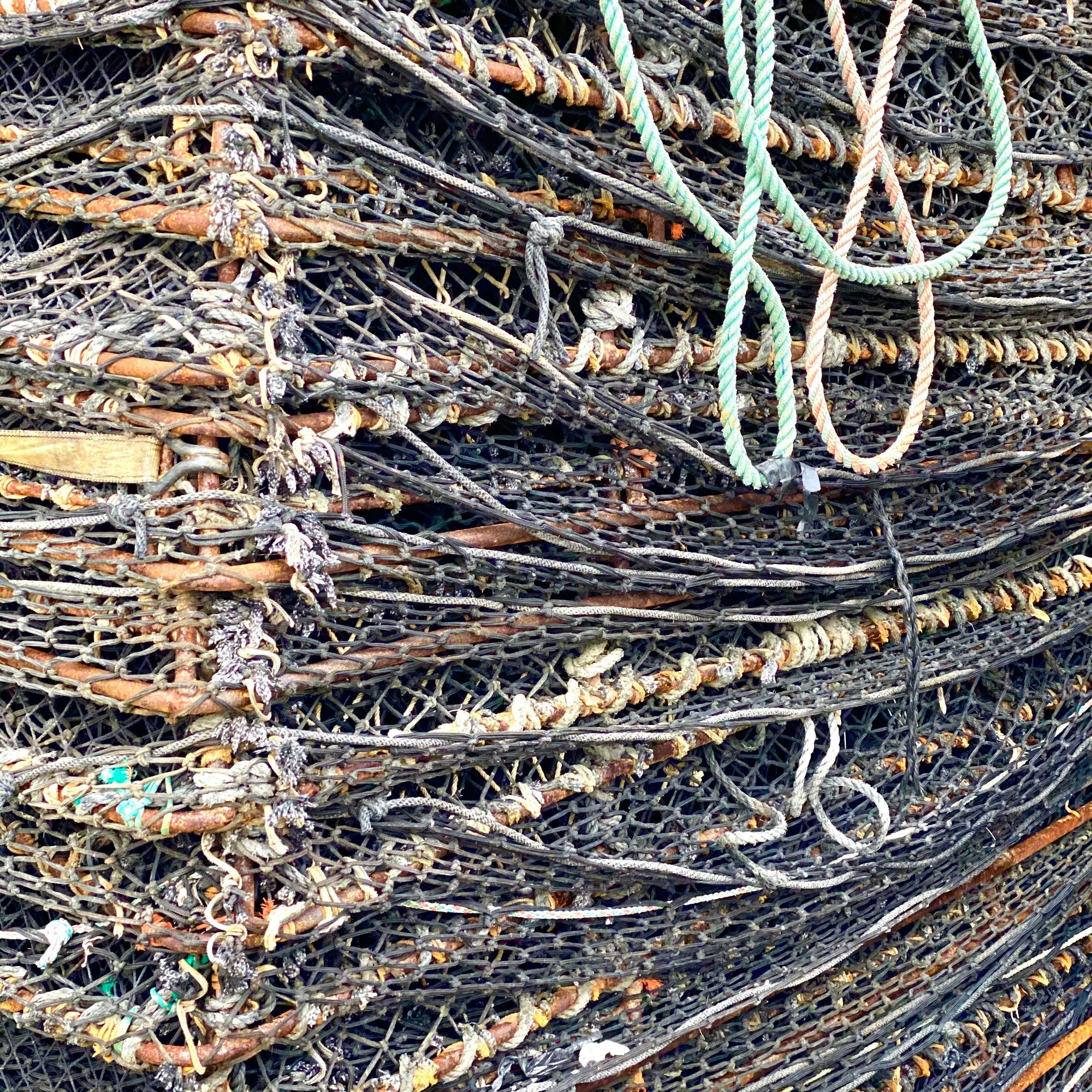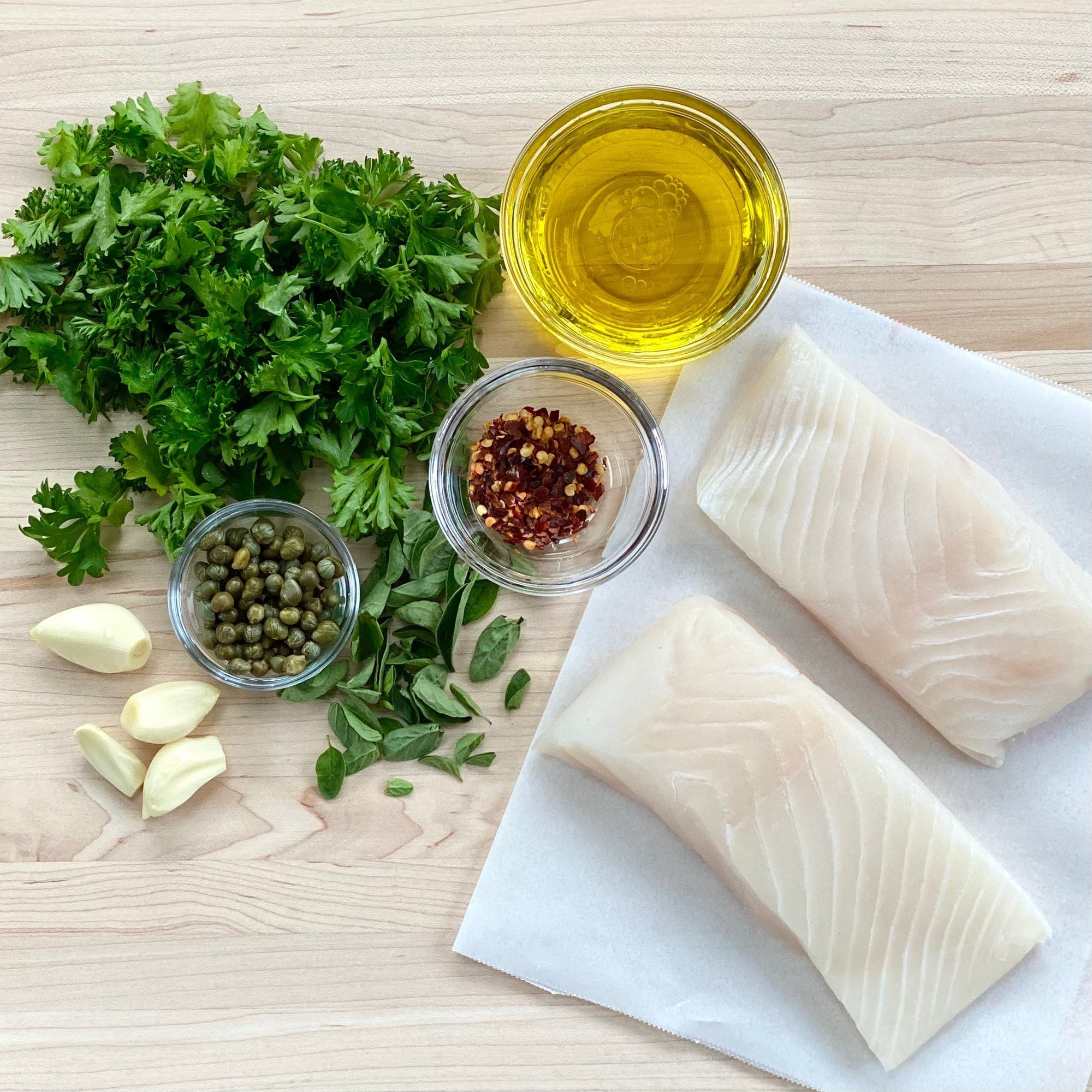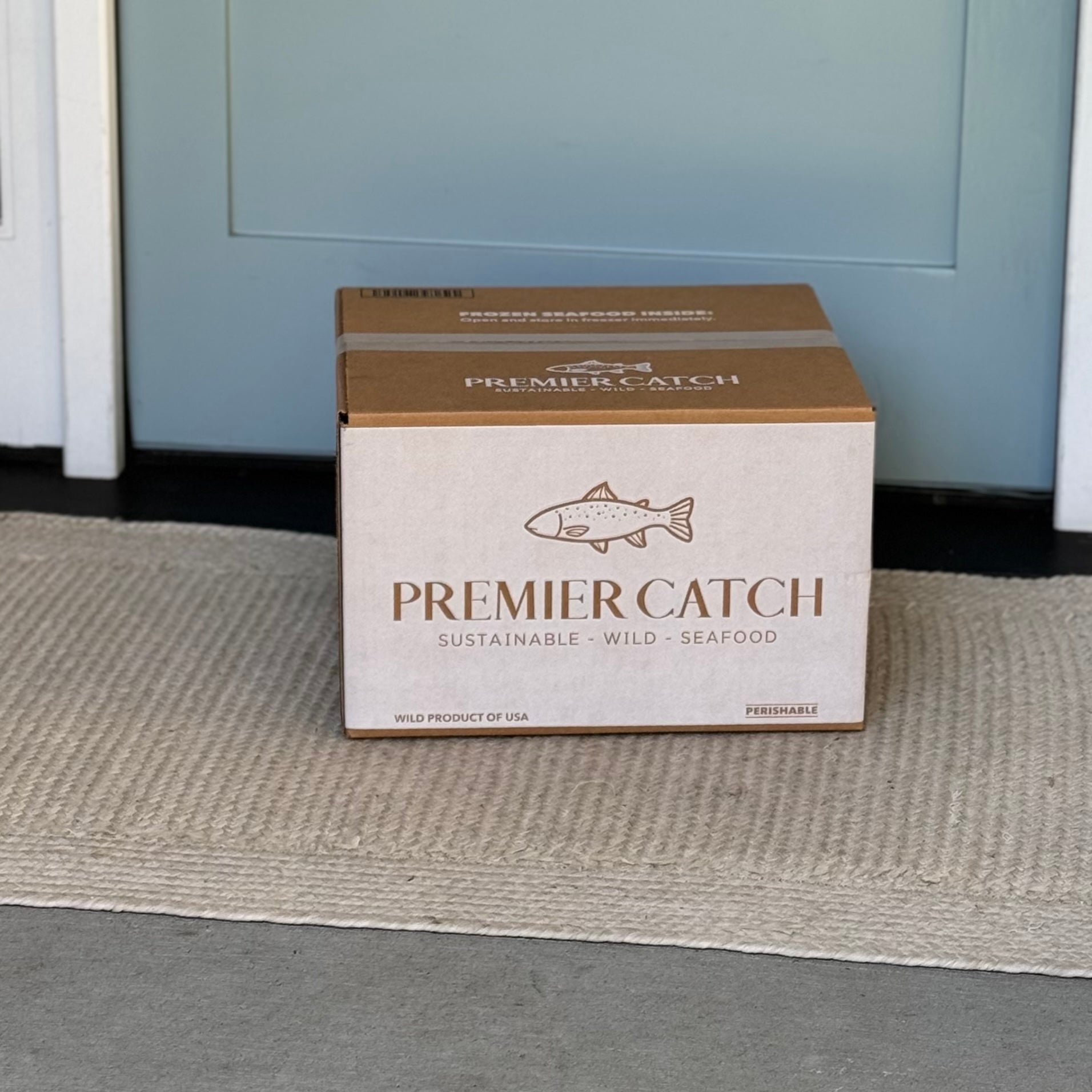At Premier Catch, we believe that great seafood doesn’t just taste good, it should also do good. But not all fishing is created equal.
How seafood is caught matters for the health of our oceans, the future of fish populations, and the communities that depend on them. Let’s break down what sustainable fishing methods really look like, and why every bite of wild-caught seafood you enjoy with us supports a better future.
What “Sustainable Fishing” Really Means
Sustainable fishing means catching seafood in ways that maintain healthy fish populations, protect marine ecosystems, and support local communities — not just today, but for generations to come.
It’s about fishing smarter, not harder: only taking what the ocean can replenish, minimizing waste, and avoiding harm to other species and habitats.
At Premier Catch, sustainability isn’t just a buzzword - it’s the foundation of how we source every crab, scallop, salmon, and sablefish we offer.
Common Sustainable Methods Used by Our Fishermen
Here’s a closer look at the ocean-friendly seafood practices we support and why they matter:
Pot Fishing (for Dungeness Crab)
Pot fishing is a selective, low-impact method that uses baited traps (or pots) placed on the ocean floor to catch species like Dungeness crab.
It’s one of the most sustainable ways to harvest seafood because:
-
Only targeted species are caught — unwanted bycatch is minimal.
-
Undersized or non-target animals can be released alive and unharmed.
-
There’s little damage to the ocean floor compared to large trawl nets.
Our wild Dungeness crab is pot-caught by hardworking U.S. fishermen following strict sustainability regulations.
Longlining (for Halibut)
Longlining involves using a long main fishing line with baited hooks spaced out at intervals.
When done properly — like it is in Alaska’s highly regulated fisheries — longlining is a careful, selective method, especially for deepwater species like wild halibut.
Why it’s sustainable:
-
Specific gear types and techniques reduce bycatch and habitat impact.
-
Strict monitoring ensures quotas are respected.
-
Fishing seasons and gear modifications help protect seabirds and other marine life.
We source wild pacific halibut caught using sustainable longline methods, ensuring every fillet is as responsible as it is delicious.
Limited Entry and Quotas
In many U.S. fisheries, access is limited by permits and quotas to control the amount of seafood harvested each season. This helps keep fish stocks healthy and ensures that fishing pressure doesn’t exceed sustainable limits.
In Alaska and the Pacific Northwest - where we source all our seafood - fisheries are managed by some of the strictest, science-based systems in the world. Every pound of seafood is tracked, and seasons are closed early if quotas are met.
It’s simple:
No overfishing. No shortcuts. No compromising the future.
Why These Practices Matter for Ocean Health
Choosing seafood caught with sustainable methods means:
-
Protecting marine ecosystems for future generations
-
Maintaining biodiversity and preventing species decline
-
Reducing bycatch of vulnerable species like turtles and seabirds
-
Preserving local fishing communities who rely on healthy oceans to make a living
Sustainability isn’t just good for the planet - it also means better quality seafood for you. Wild fish from well-managed fisheries are healthier, richer in nutrients, and better tasting.
Our Sourcing Standards at Premier Catch
At Premier Catch, we’re proud to work only with fishermen and fisheries that share our commitment to seafood sustainability.
When you order from us, you’re choosing:
-
100% wild-caught seafood from U.S. waters
-
Sustainable fishing methods that protect ocean habitats
-
Direct support for American fishing families
-
Transparency you can trust, every time
We believe it’s our responsibility to help keep the oceans wild, healthy, and thriving. And thanks to you, our customers, we’re fishing for the future - together.


